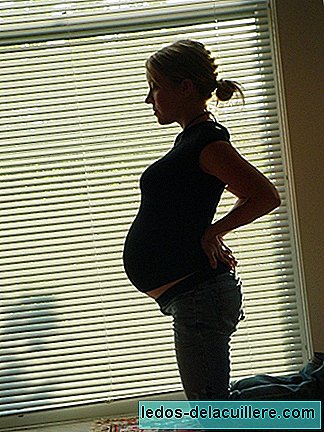
Children conceived by assisted reproduction techniques they are 50% more likely to suffer from congenital anomalies compared to those conceived naturally, according to recent studies.
The news comes from the Spanish Society of Cardiology (SEC): they also tell us that the incidence of congenital heart malformations established by different epidemiological studies is between five and eight cases per 1,000 newborns alive, while in the Children born by assisted reproduction techniques is higher, between 10 and 15 cases per 1,000 live newborns. One of the most recent works demonstrating this risk is the French population study based on the Paris Congenital Malformations Registry and published in the European Heart Journal.
The causes of this higher incidence of cardiac abnormalities in children born thanks to IVF with or without ICSI are not known exactly. It could be the age of the parents, the sterility that has led to assisted reproduction, and even some problems related to the techniques themselves. Even hormonal treatments or the existence of a family history can be assessed as causes
Cardiac malformations in children conceived by assisted reproduction techniques
The mentioned cardiac malformations They can be of many types and of great variability, that is, from very little to very serious. They can affect the outflow tracts of the vessels that leave the heart, the aorta and pulmonary artery, as well as intraventricular communication. Dr. Dimpna Calila Albert (member of the SEC and deputy doctor of the Maternal - Children's Hospital Vall d'Hebron / Barcelona), has mentioned these and other malformations.
Congenital heart abnormalities can be detected early, between weeks 14 and 16 of pregnancy, thanks to fetal echocardiography. Women who become pregnant after undergoing an assisted reproduction technique are subject to more continuous and close monitoring, in order to detect these malformations already in pregnancy.
"Most cases can be corrected with surgery after birth and, sometimes, even before birth, in the mother's womb, successfully," says Dr. Albert.
The first cardiac surgery technique to correct a congenital heart disease was carried out in 1938 in Boston. Cardiac surgery of these open heart congenital heart diseases began to be practiced around 1950. In 1953, doctors Gibbon, husband and wife, developed the membrane oxygenator, which is the lung that allows the heart to stop and make extracorporeal circulation. And, recently, in the 80-90s, this surgery has experienced spectacular advances that have significantly improved its results, especially with neonatal surgery
Being a recent surgery, the overall life expectancy of the operated patients is unknown. However, currently 85% of patients with congenital heart disease reach adulthood and, thanks to cardiac surgery, the mortality of these patients has been reduced to only 2%, in the most complex cases.
More prospective studies and records are missing
Still The association between increased risk of congenital heart disease in children due to IVF or other assisted reproduction techniques is not sufficiently studied.. And this is because studies are lacking to determine the exact causes of this greater risk and prospective studies: of follow-up of the children as a result of an assisted reproduction technique from a specific moment onwards.
Population records of cardiac malformations should also be made, including the type of technique performed.












